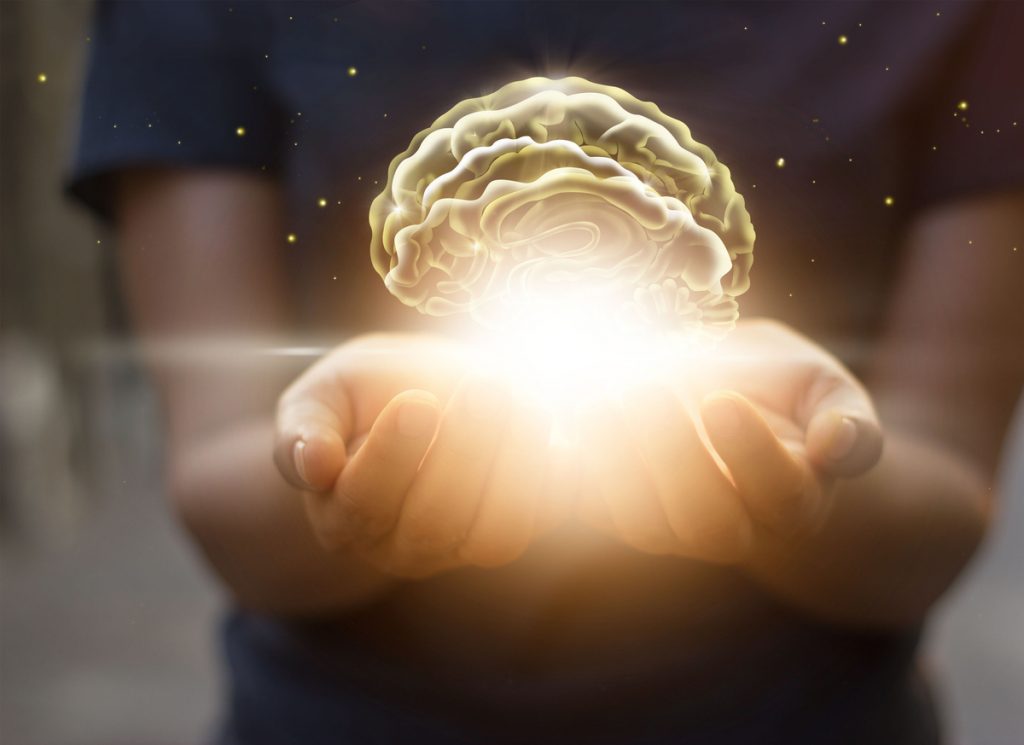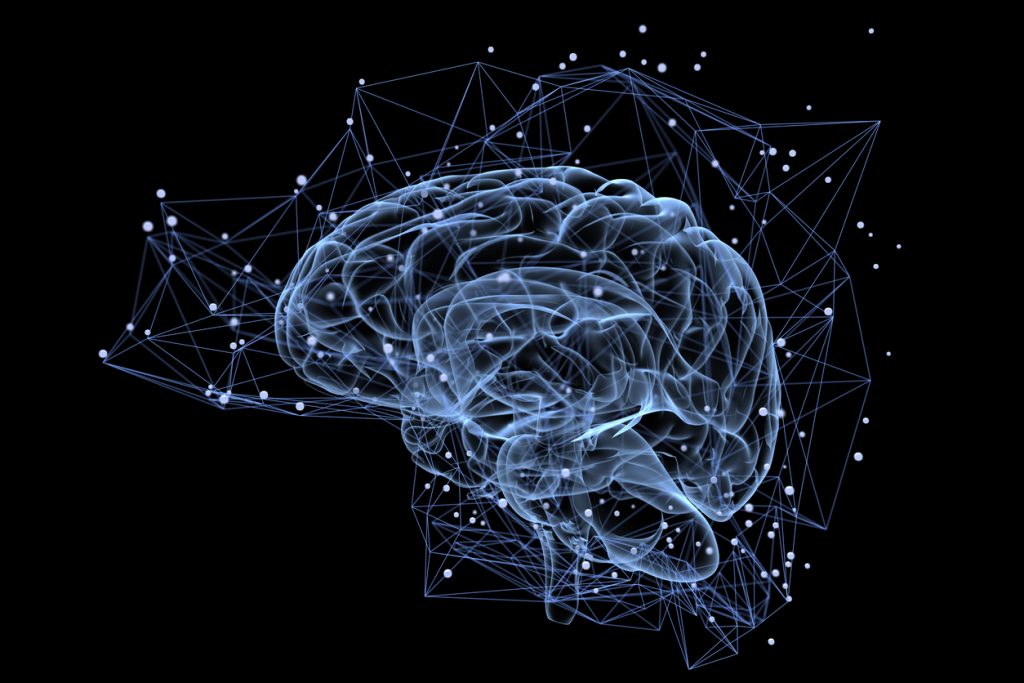Imagery and mental rehearsal are now techniques that are used in the field of high level sport. It is one of the most well-known and widespread techniques when it comes to mental preparation. What does it consist of? What are its advantages? Focus on the subject.
Mental imagery: what does it consist of?
Mental imagery is a technique that consists of creating or recreating a situation, an action or an experience in your head. To get into the mood, the athlete must mobilise his or her whole body. The image created by the athlete himself can be visual, i. e. he sees himself reproducing the same gestures. It can also be kinesthetic, i. e. not only does he see himself doing the same movements, but he also feels the sensations that accompany them (impulse, elevation, reception. . . ). Finally, the athlete can create auditory (accompanied by sound), olfactory or gustatory (by feeling the taste) images. This is to say that mental imagery involves all the senses and the whole body of the athlete.
Mind imagery: how it works
Long before its application, mental imagery was already the subject of several studies, the first of which date back to the time of the Second World War. Psychologists conducted research into the effectiveness of the technique. It was this research that demonstrated that imagining a gesture improves its performance in real life. Combined with training, imagery is a very effective way to improve the performance of sportsmen and women. This is why in many sports, mental imagery is an integral part of training. This is for example the case in basketball free-throw, diving, figure skating. . . For top athletes as well as for beginners, mental imagery is an effective way to improve performance.
Mind imagery: how to do it?
Mental imagery is a tool that can offer different possibilities to its user. However, in order to benefit from all the advantages, it is important to know how to use it effectively.
To begin with, it is necessary to define the needs of the athlete beforehand. What point does he need to work on to optimise his performance (technical point, emotion management, tactics. . . ).
We must therefore start by asking the following question: why should he use mental imagery? Then, he will choose the film or sequence that can meet his needs. He is therefore at the same time the producer, the actor and the spectator of his own film.
The psychologist will then help the athlete to choose the content of the film, what he will see according to his expectations and needs. To put it simply, it can be a very simple sequence such as the essential elements of the athlete's action or a more complex film (racket grip, sound of footsteps during a race, bending of the legs. . . ).
Once the athlete manages to find the content of the film, the psychologist makes small adjustments to improve the mental imagery. For example, the speed of the film can be varied, the colour can be changed, freeze frames can be made, etc.
When to use mental imagery?
Mental imagery is a technique that can be applied at any time. Combined with training, it helps the athlete's performance and concentration. A coach can ask a player to first imagine an action before performing it. This technique will allow the player to focus his concentration on the game and the action to be done.
The player himself will gain understanding and confidence with this technique. During big games, coaches sometimes ask the whole team to do a ten minute mental imagery session. They are invited to imagine the reaction and noise of the audience, the entrance on the field, the course of the match. . . all this, to avoid the jitters and to concentrate a little more on the match.



